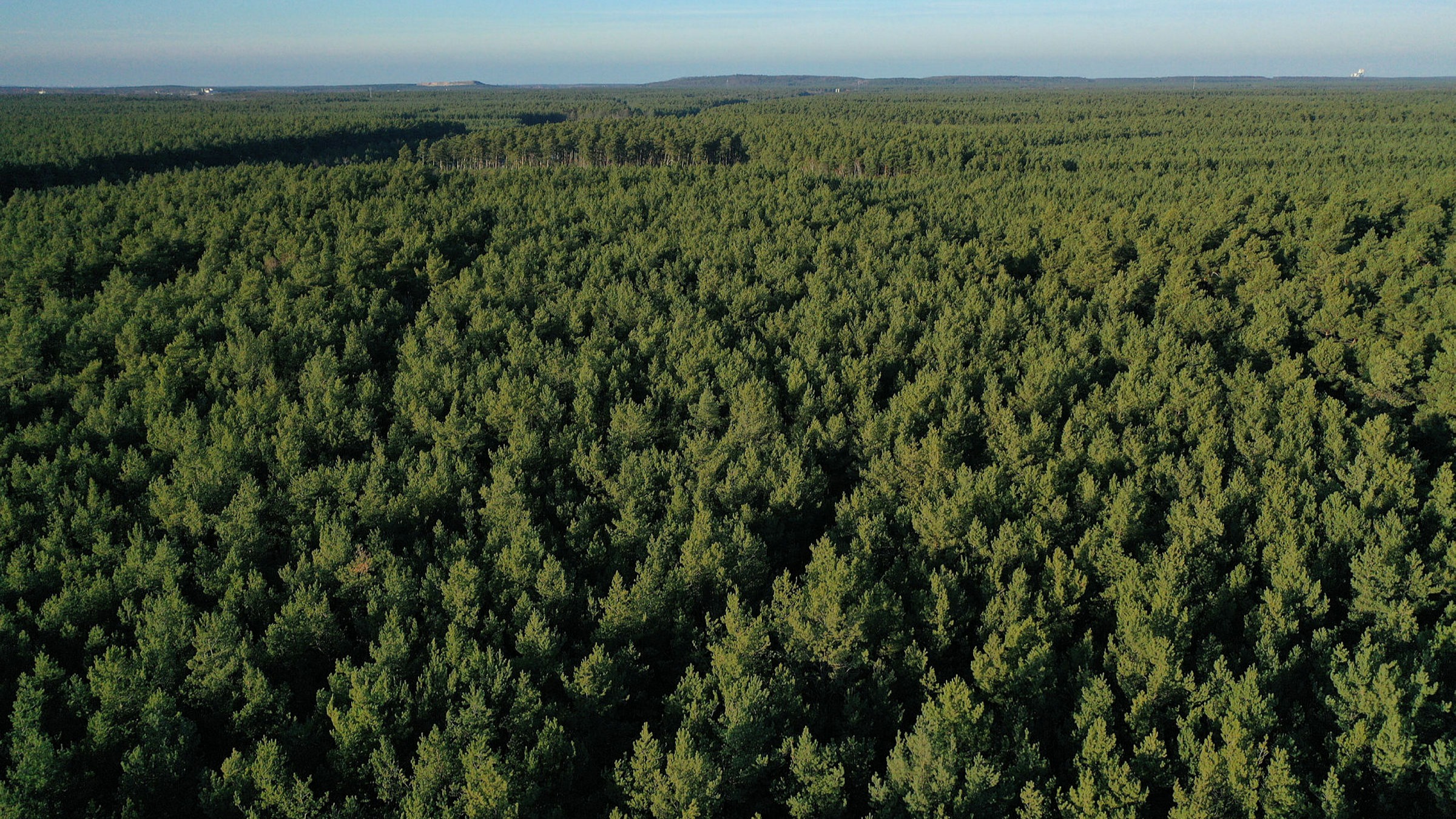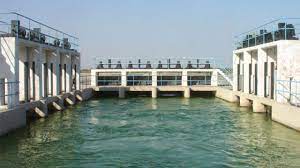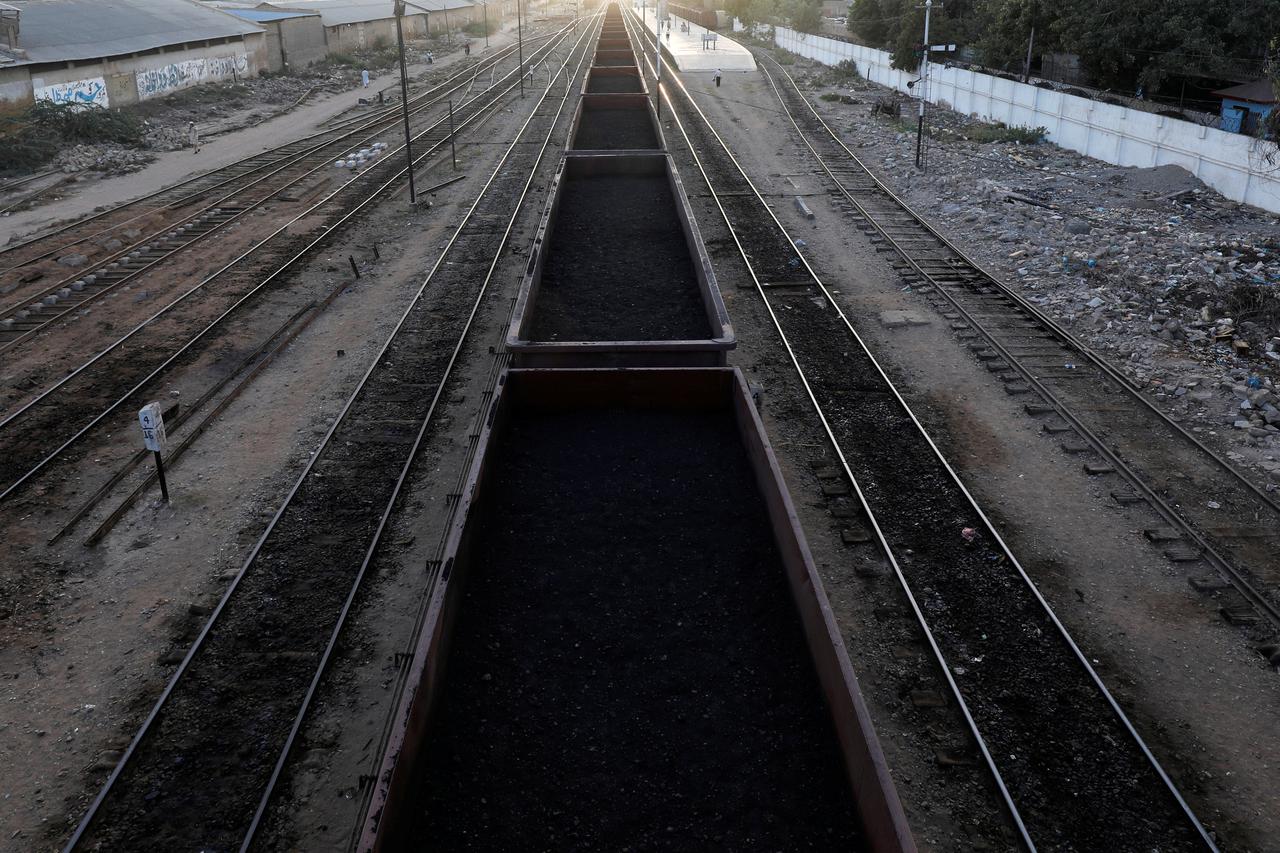The carbon offset
market is falling short. Here’s how to fix it
Few would consider drilling oil to be a path to net zero emissions. But that was, in effect, what the offset provider Bluesource claimed when





